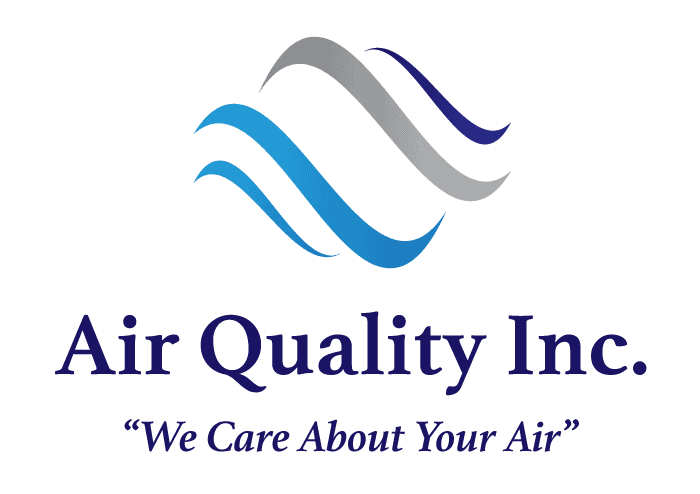Even though it is just a tiny organism, microscopic mold can cause big problems: one report discloses that mold cost $22.4 billion in 2016 just in healthcare expenses. To put that into perspective, that is almost the total GDP of Jamaica. Moist areas are magnets for mold and without professionally installed plumbing in the kitchen, bathroom, or workplace, mold can grow out of control quickly and cause health problems in the process. Because of the dangers mold brings, it is important to take preventative measures to protect your health. Here are some common effects of mold exposure.
How Mold Affects Your Health
Many people have a sensitivity to molds. For these, stuffy nose, wheezing, and red or itchy eyes, or skin are common symptoms that come as a result of exposure to molds. For some, such as those suffering from allergies to molds or dealing with asthma, they may have more powerful reactions. For workers that are exposed to large quantities of mold, there may be more serious reactions. Because of the exposure in an occupational setting, the symptoms could be shortness of breath and even fever.
The Institute of Medicine (IOM) in 2004 discovered that there was adequate evidence to support a link between indoor exposure to mold and upper respiratory tract symptoms. These symptoms, in otherwise healthy individuals, include cough, and wheeze. For those suffering from asthma symptoms in people asthma symptoms flared. The World Health Organization discovered a link between mold exposure and the development of asthma in children susceptible to asthma. They also discovered that if the housing conditions were improved, the morbidity rate from asthma and respiratory allergies dropped.
Those suffering from allergies will typically be more sensitive to molds and those currently suffering from chronic respiratory disease might experience some difficulty breathing.
Currently, there is no way to do a blood test for mold. Some physicians can perform allergy testing to look for possible allergies to mold, however, no test exists that can pinpoint the exact location the exposure to mold took place. If you feel any of these symptoms and have mold present in your home or office, it is best to visit a physician to determine the cause.
Prevent Mold Growth
There are things that can be done in order to remove mold from buildings and homes. For example, remove moldy items from all living areas including carpets. Clean and dry any areas that were moist and dead mold can still cause allergic reactions. If there is any upholstery that cannot be properly dried, remove them. These steps can help to keep the living space dry and mold-free. Remember that mold loves moist, humid areas so the cleaner and drier an area, the less likely mold will start to grow.
Because of the health dangers mold presents, keeping working and living spaces dry can prevent serious health problems. For those suffering from allergies or asthma, the negative health effects of mold have an even more serious effect, so removal of any moist areas or items is crucial in order to prevent serious health risks.




